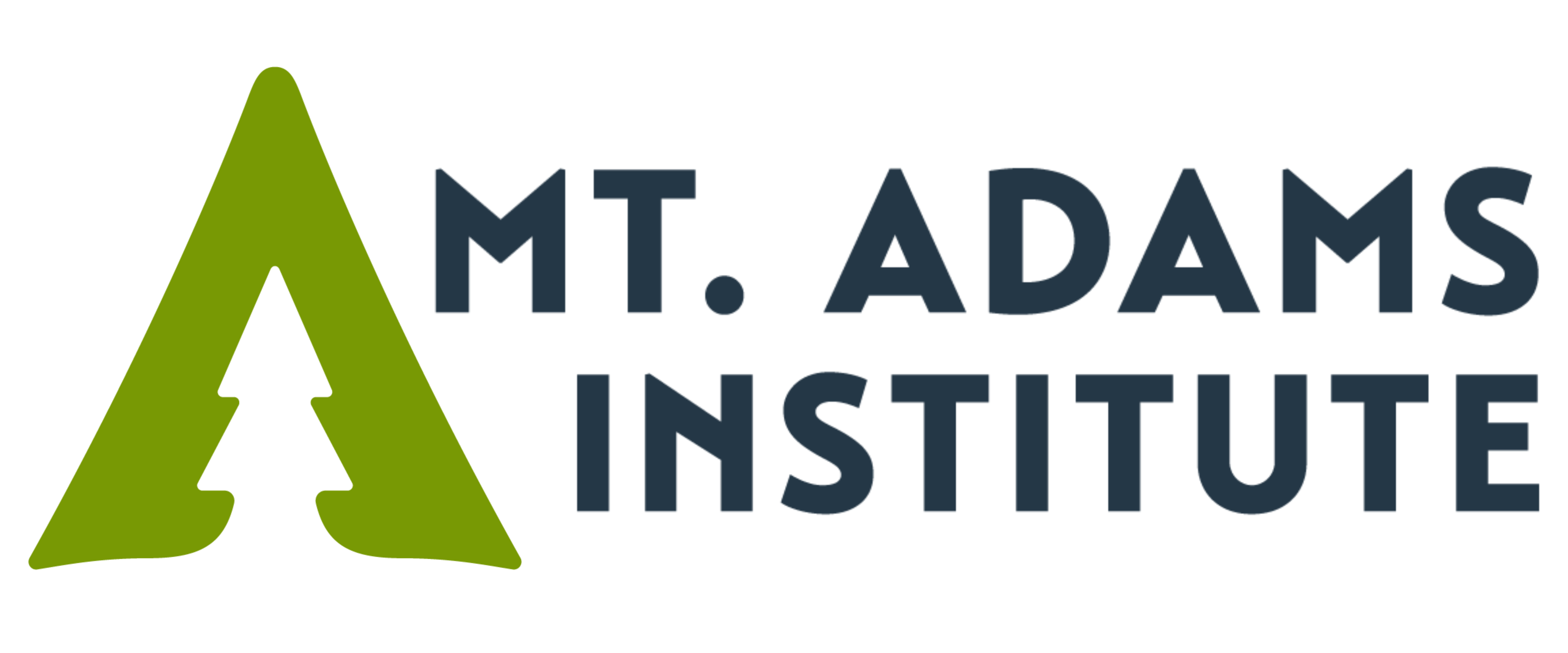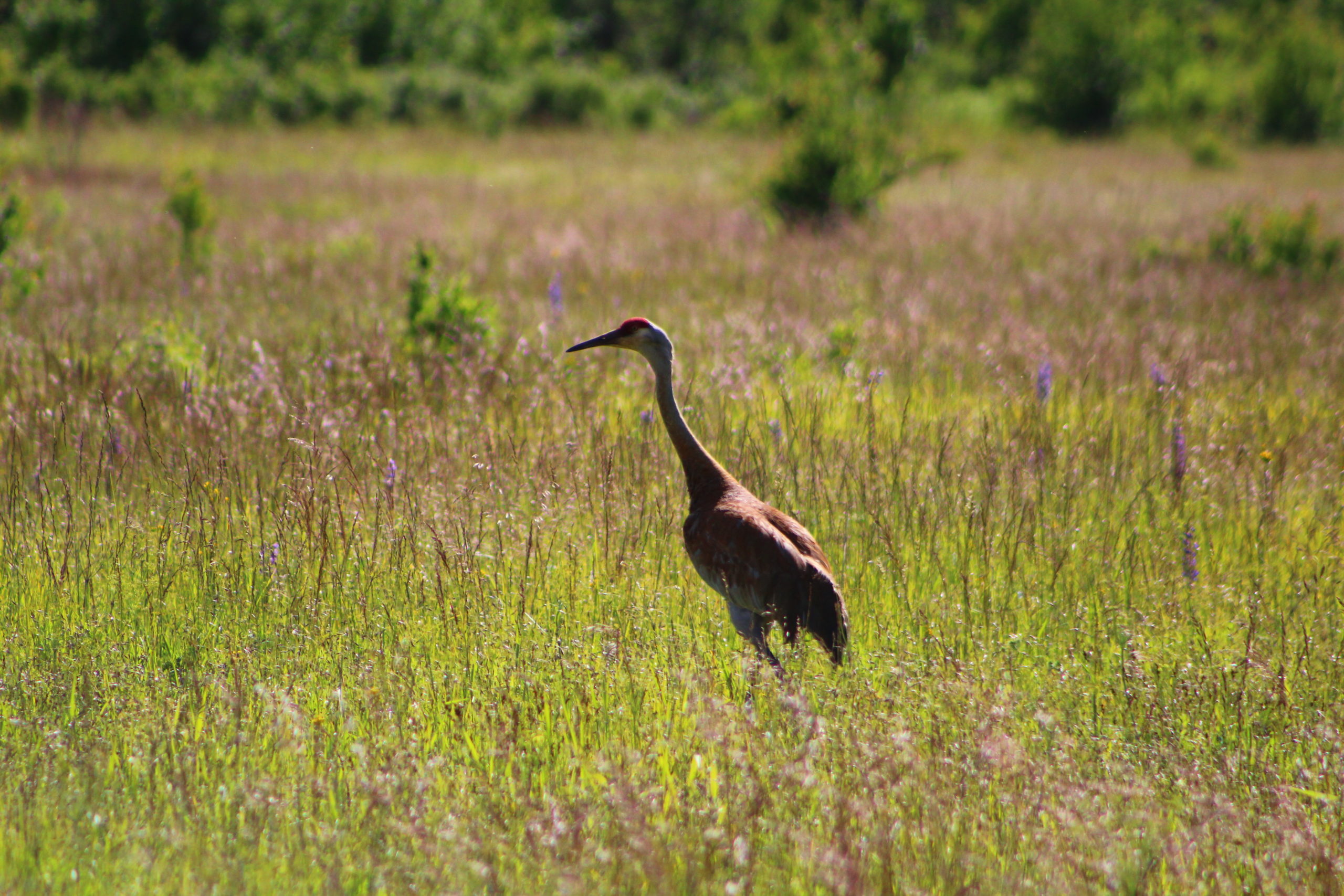Arriving at Conboy Lake National Wildlife in the spring is a spectacle unlike anything I had ever experienced.
Growing up in Florida the transition from winter to summer appears to happen overnight, what may have been a month of cool weather immediately turns to an unrelenting heat. Here on the eastern side of Mt. Adams I was able to fully witness the beauty of spring. Cool days that become warm only for a few hours when the sun is directly overhead and no clouds can be seen, flowers beginning to bloom throughout the prairie that attract thousands of pollinators, and young clumsy animals exploring the world for the first time.
By mid-May, spring was in full swing and I began to liken the refuge to a North American safari, Mt. Adams being the region’s Kilimanjaro. The large stratovolcano looms in the background of nearly every photograph and is the source of water for so much of the valley. Herds of elk appear to grow in numbers by the day, the call of Sandhill cranes can be heard from miles away, large predators begin to show their faces, and water is abundant throughout the ecosystem giving life to the Oregon spotted frog (our resident threatened species). The transition into summer is now fully complete and water has become increasingly scarce. Bodies of water are now focal points in the landscape for animals of all shapes and sizes while the shade of the pine trees are now the only escape from long hot days.
I am fortunate to get to drive for miles along rough, rocky roads, to every corner of the refuge to complete a multitude of tasks. Having never lived or worked in the Pacific Northwest before, every day for the last 3 months has become a learning experience. I have become familiar with a variety of methods used for the removal of invasive species, which for me is the most pressing issue that I get to tackle while working on the refuge. Primarily me and my partner use fyke nets to remove invasive catfish and bullfrogs. These predators are numerous in the waters of the refuge creating a big impact on the ecosystems food web and putting even more pressure on the survival of the Oregon Spotted frog. Other tasks I have been able to learn while being a wildlife refuge technician include hand capturing amphibians, eDNA sampling, auditory surveys, biological monitoring, invasive plant removal, and fence repair.
I can’t be more thankful for my position as a Public Land Steward and the adaptability of Mt. Adams Institute to ensure that this season of important conservation work wasn’t lost. I am excited to continue growing and building both work and life skills over the next few months before I have to transition to the next step along my career path. But for now I have never been so content to enjoy a place and time.
Written by:


